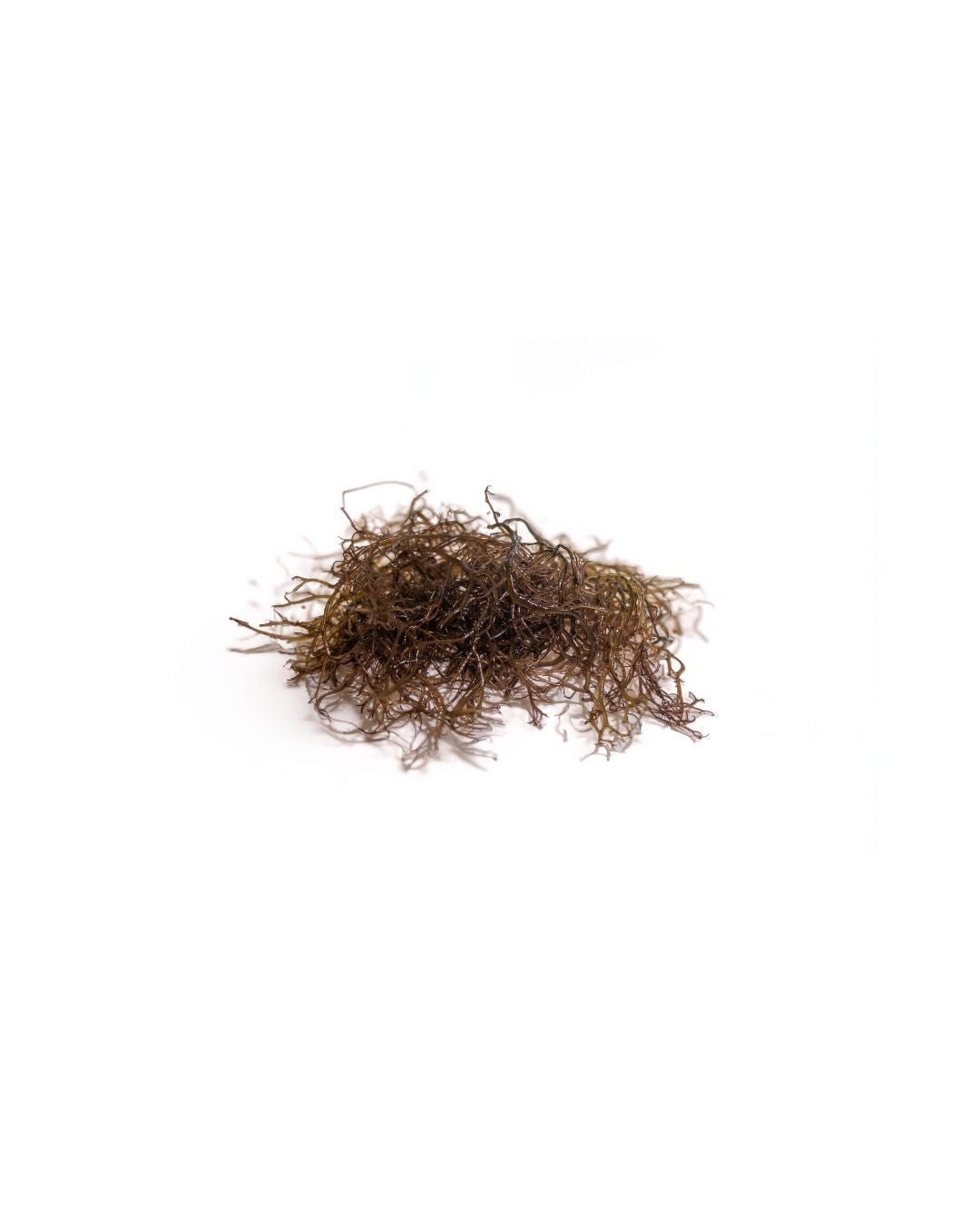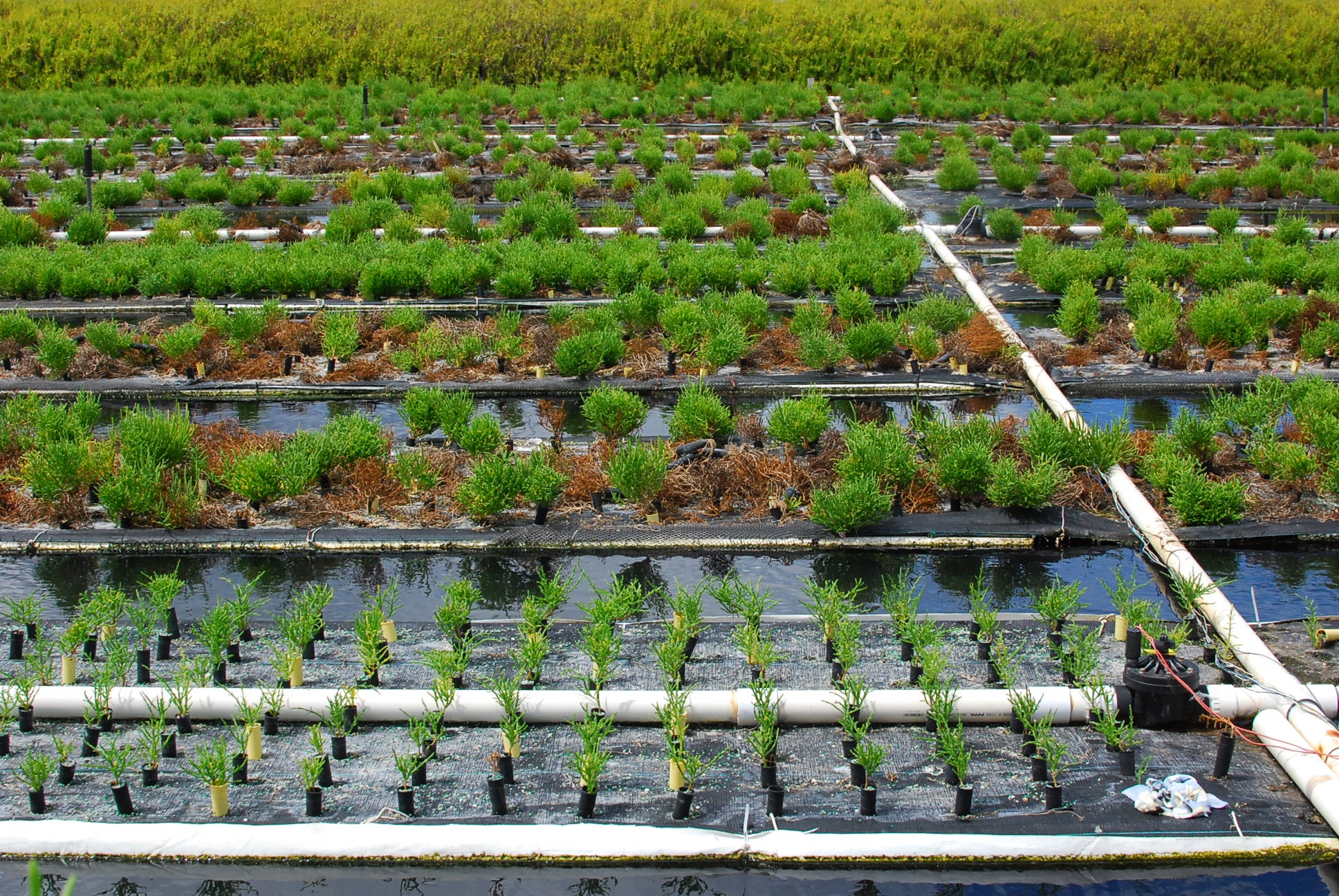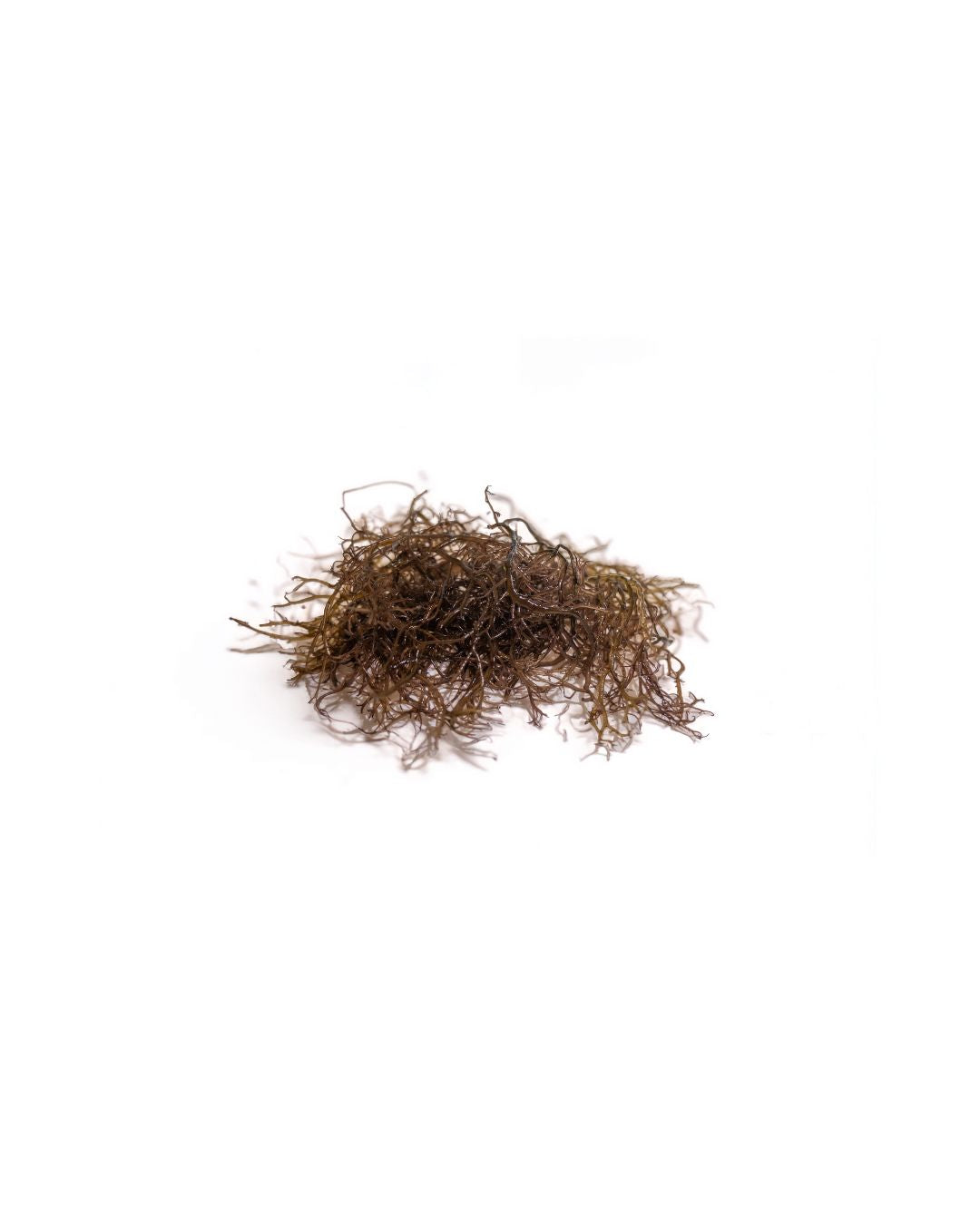Olakai Hawaii
Fresh Ogo
Fresh Ogo
- Premium Ogo, Straight from the Farm to You
Ogo Seaweed
Ogo or Limu is the Hawaiian word for edible seaweed. Our ogo isbriny and crunchy, and packed with soluble dietary fiber, vitamins and minerals, antioxidants, and anti-bacterial agents. They’re also delicious ingredients in Ahi poke.
- ALLERGEN: CONTAINS CRUSTACEAN SHELLFISH (baby shrimp)
Couldn't load pickup availability
Why choose our ogo products?
Why choose our ogo products?
They are safe and healthy sea vegetable products made in clean and beautiful Hawaii, USA. Our mariculture or tank cultured ogo products are free from bacteria, toxic pesticides, heavy metals, and radioactive substances because clean costal well water is used for the production. All ogo products are available all year round.
Limu or ogo is recognized as a superfood for wellness. They are packed with protein, soluble dietary fiber, vitamins, minerals (especially Iodine, Iron, and Magnesium), antioxidants and anti-bacterial agents.
When to use our ogo products
When to use our ogo products
Fresh ogo is often used as delicious ingredients in Ahi poke, or salad, or sushi. They are also pickled with onion, etc.
Limu or ogo has been used traditionally in Hawaii as a food additive and condiment.

health from the sea
FREQUENTLY ASKED QUESTIONS

What are your products?
Our Ogo product line includes:
- Kahuku ogo (Gracilaria tikvahiae) also called short ogo or brown ogo. It is a skinny crunch with ocean flavor.
- Red ogo (Gracilaria parvispora) also called red seaweed or long ogo. It is soft but crunchy with slightly onion flavor. It was the most common limu in Honolulu fish market in 1970’s.
- Robusta ogo (Gracilaria salicornia) also called Kona ogo or Gorilla Ogo. It is hardy and super crunchy with strong briny.
- Sea lettuce (Ulva lactuca). It is a vegetarian flavor with natural vitamin B12.
- Pickled ogo is available in an 8 oz and 16 oz package. It is delicious.
- Dry ogo is available for both Kahuku and Red ogo. It retains its crunch after rehydration. It is good for shipping and storage.
How are they produced?
Kahuku ogo, Red ogo and Sea lettuce are cultivated along with hydroponically grown Sea asparagus in saltwater ponds with clean brackish well water in Kahuku, on the north shore of Oahu, Hawaii. Sea asparagus suppresses microalgae, cleans the water, and creates a near perfect environment for the ogo naturally to grow in it. On the other hand, the ogo provides oxygen and soluble nutrients in the saltwater, supporting the production of Sea asparagus. Inspired by this amazingly symbiotic phenomenon that happened in Kahuku, we named the brown ogo after “Kahuku” in 2016.
Robusta ogo is cultivated in a tumble tank system with clean brackish well water.
Why choose our ogo products?
They are safe and healthy sea vegetable products made in clean and beautiful Hawaii, USA. Our mariculture or tank cultured ogo products are free from bacteria, toxic pesticides, heavy metals, and radioactive substances because clean costal well water is used for the production. All ogo products are available all year round.
The Kahuku ogo and Sea lettuce can be kept in refrigerated condition for 7 to 10 days. Robusta and Red ogo can be kept in room temperature for 5 to 7 days.
The dry ogo can last at room temperature for over 2 years. It is economic for shipping and storage. Limu or ogo is recognized as a superfood for wellness. They are packed with protein, soluble dietary fiber, vitamins, minerals (especially Iodine, Iron, and Magnesium), antioxidants and anti-bacterial agents. Particularly, there is 8.35 mcg of Vitamin B12 per 100g of our pond cultivated Sea lettuce.
When to use our ogo products
Fresh or blanched Kahuku, Red, and Robusta ogo are often used as delicious ingredients in Ahi poke, or salad, or sushi. They are also pickled with onion, etc.
Thin Kahuku Ogo can be cooked for soup.
Limu or ogo has been used traditionally in Hawaii as a food additive and condiment.
Sea lettuce can be dried on a very low, slow heat in the oven. You can crush it up and sprinkle it into hot dishes, such as soups, stews, noodle sauces, rice dishes, main meals, etc.
Dry ogo can be rehydrated for making poke products and soups.

